Borrelia are bacteria and arise in rodents. They are transmitted to other animals and people by ticks. The pathogens can trigger Lyme disease. Different types of Borrelia exist around the world.
What are Borrelia?

Borrelia are helical bacteria and belong to the group of spirochetes. They arise in rats and mice. They are transmitted to different living beings by ticks as disease carriers.
Many animals are immune to Borrelia, while horses, dogs, but especially humans, are not immune. The symptoms of disease transmitted by Borrelia have been known for a long time, but the pathogen was only discovered a little more than 20 years ago.
There are different types: Borrelien burgdorferi, Borrelien afzelii and Borrelien garinii. In Europe the last two species are mainly represented, while Borrelia burgdorferi occur in the USA.
Meaning & diseases
In Central Europe, the so-called Lyme borreliosis is mainly transmitted to humans by the common wood tick (Ixodes ricinus). The animals stay in the grass or in the leaves and settle on their legs when walking through them.
Then they look for a suitable place to vacuum. Borreliosis pathogens can be transmitted by a tick bite, but also viruses of early summer meningoencephalitis (TBE). The diagnosis of Lyme disease is very difficult because it can take days to weeks from infection to the onset of the disease. Lyme arthritis can take years. The ticks are then often no longer associated with the symptoms.
Borrelia live in the tick's intestine. It can take up to three days for the tick to bite them into the human bloodstream. The animal must first be fully sucked in and then vomit, so to speak. At this point, an adult tick begins to pump tissue fluid and water that are unusable for it back into the human body. A transfer is only possible with this process.
If the tick is discovered and removed within 24 hours, infection with Borrelia is low. If a person suffers from Lyme disease, it is not contagious to others. A disease progresses in stages in several stages. Each affected person develops his or her own medical history, because phases are sometimes left out and individual clinical pictures can appear to different degrees. Years of response times are also possible. Borreliosis is treated with antibiotics, but it is currently not possible to vaccinate against it.
Course of disease
Lyme disease is divided into three stages. After a short time, redness may appear around the stab site. It is clearly demarcated and circular. This phenomenon is called wandering redness.
It is a sure sign of an infection. Affected people feel sick, similar to the flu, have a high temperature, headache and body aches and are very tired. The spleen and liver can enlarge.
After up to ten weeks, the pathogen spreads over the blood or lymphatic system. Fatigue, night sweats, fever, joint and muscle aches and pains can rarely occur, including weight loss. During this phase, hair loss, dizziness attacks, difficulty concentrating and extreme fatigue are also observed.
However, the unusually heavy sweats at night and moments with a fast, strong pulse are characteristic. These situations trigger very unpleasant sensations. Occasionally the wandering redness is observed on several parts of the body. In this phase paralysis of the face can occur, also inflammation of the conjunctiva and eye skin, as well as the pupils and inflammation of the entire eyeball.
Cardiac arrhythmias and inflammation of the pericardium, which can cause chest pain, occur in around eight percent of those affected.
In the third stage of the disease, typical thinning and wrinkling of the skin and inflammation of the entire nervous system can occur. This course, if left untreated, can drag on for years, even decades. It is characteristic of Lyme disease arthritis that the symptoms subside and disappear over time. It is also typical that the inflammation only occurs in a few joints, combined with extremely painful swellings. The knee joints are most commonly affected.

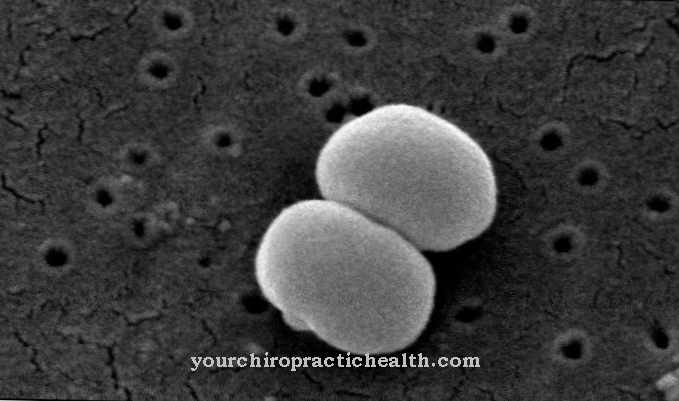
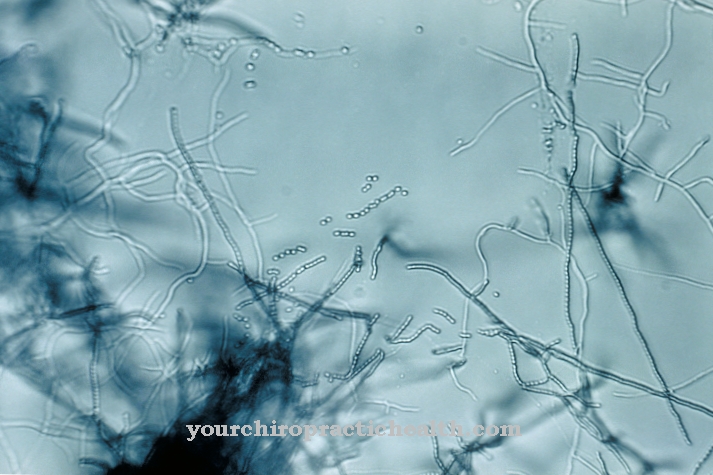
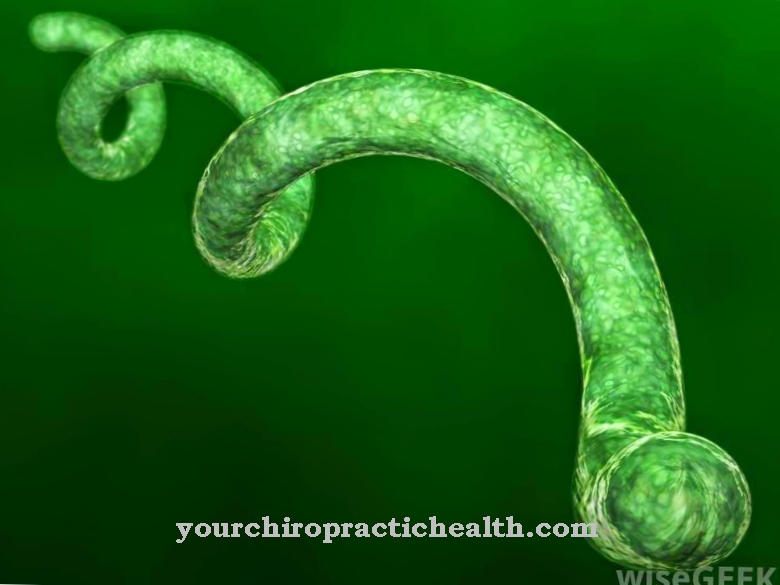
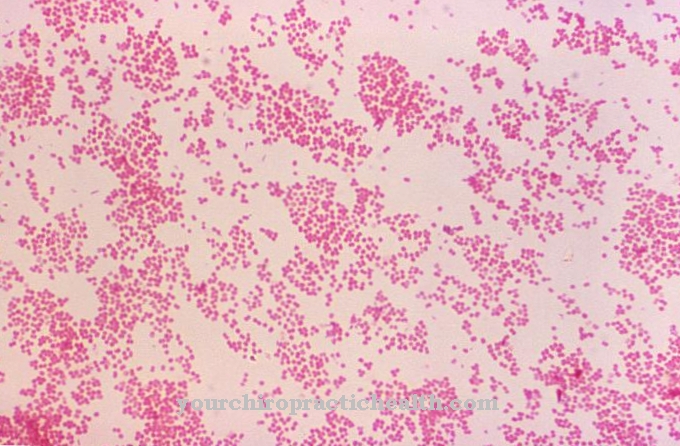
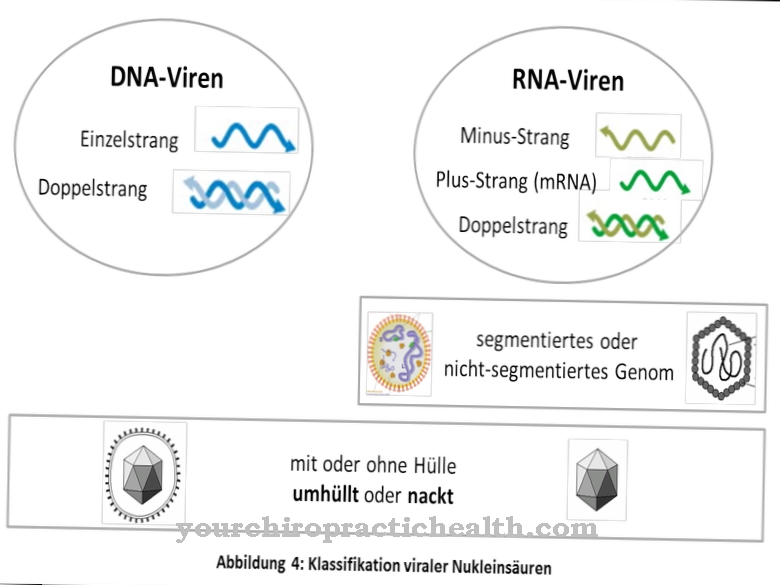
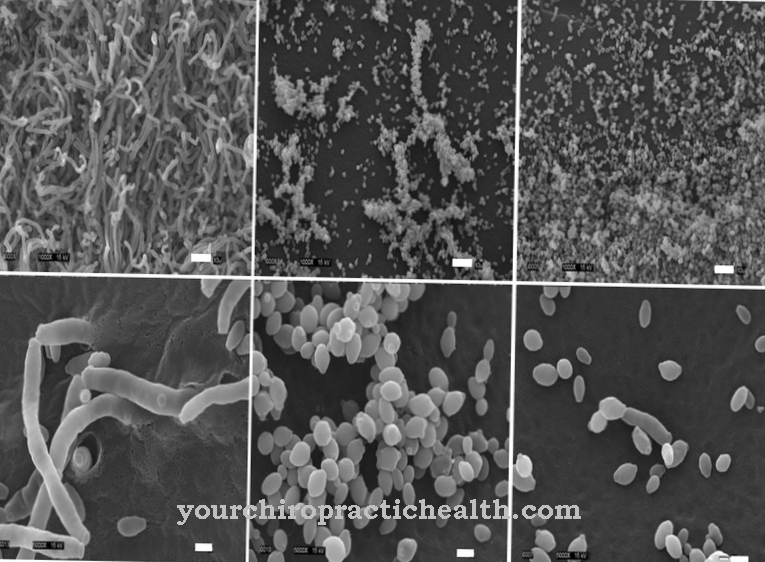










.jpg)



.jpg)

.jpg)




